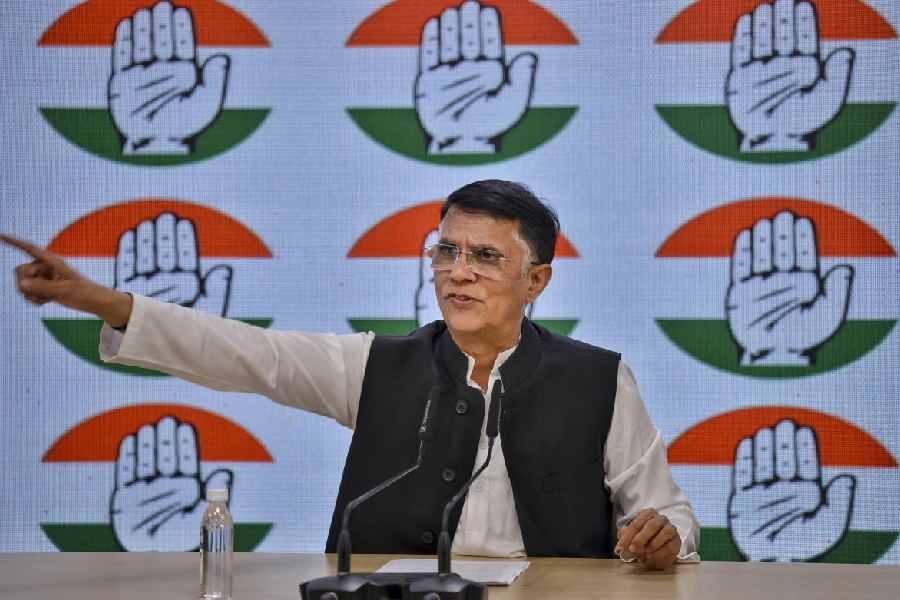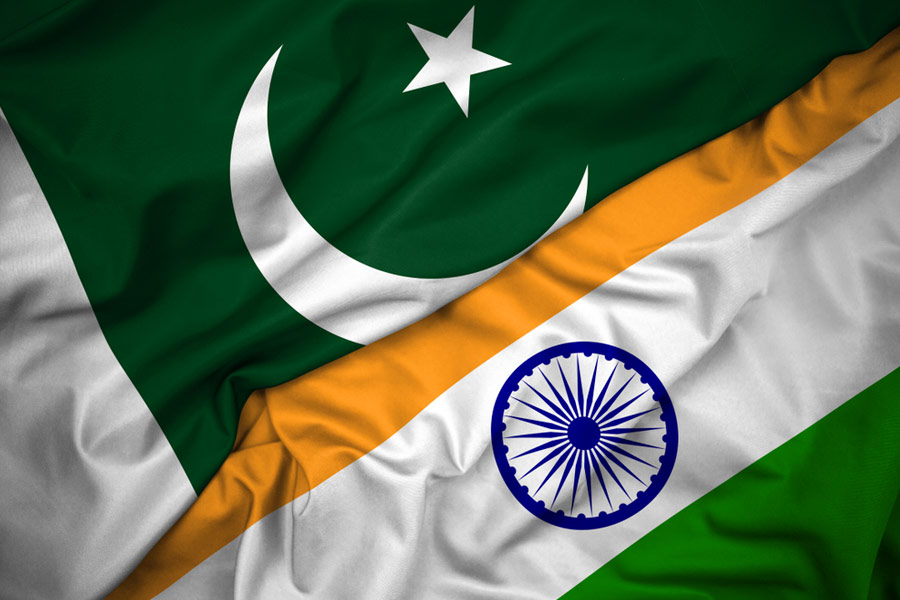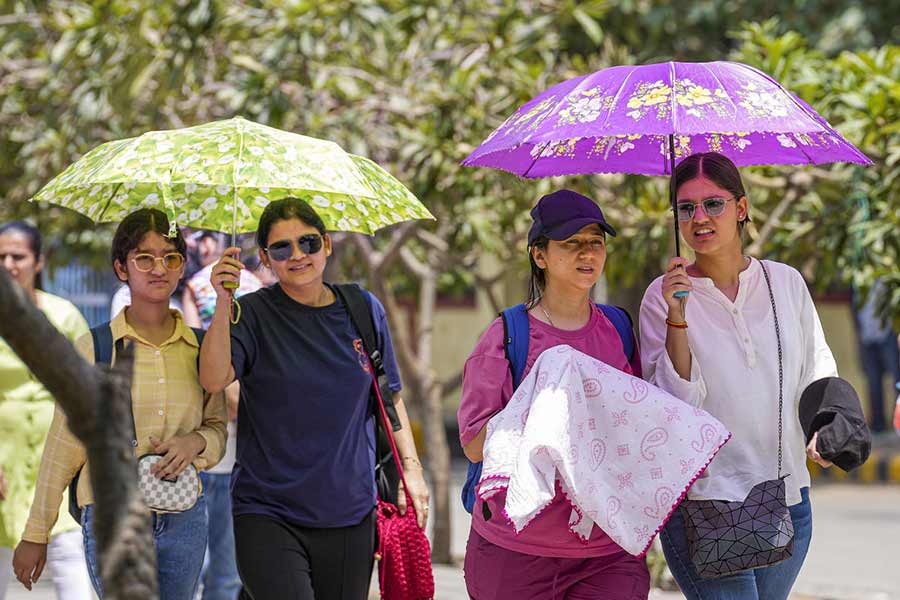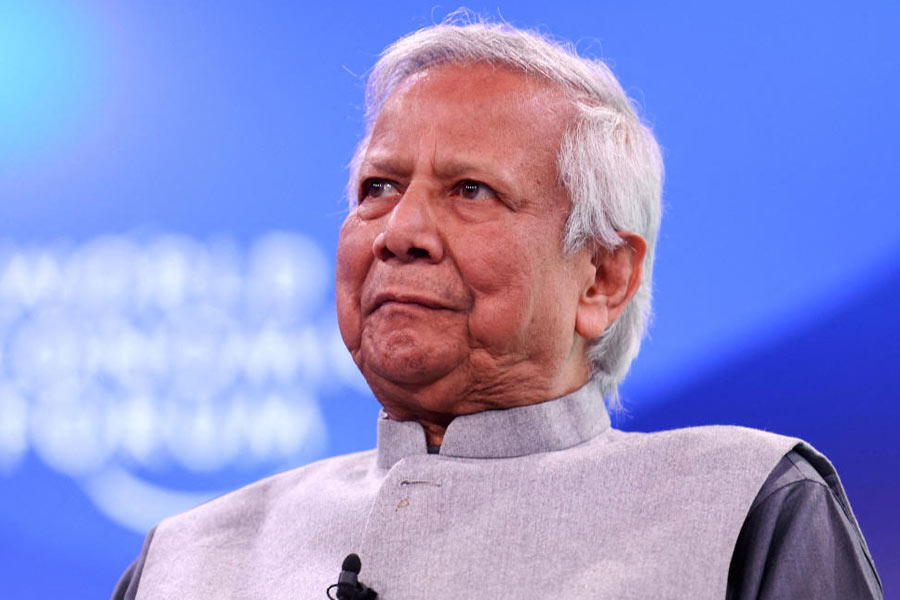 |
New Delhi, Sept. 1: How poor is not poor?
The rural development ministry has come up with a new set of criteria for assessing poverty in a country where the indigence yardstick and the number of poor have always been disputed.
According to the new norms, a family will be excluded from the below-poverty-line (BPL) list if it owns any one of five determinants proposed by a ministry panel.
The determinants relate to monthly income, the type of house the family lives in, the farm implement it uses, the vehicle it owns and the size of its landholding.
If a family has a monthly income of over Rs 5,000, or lives in a pucca house, or owns a two-wheeler, or has a mechanised farm implement like a tractor, or has land more than the average landholding size in the district, it is to be excluded from the BPL list.
“Families that meet any one or more of the criteria will automatically be excluded from the BPL list, provided the new criteria is accepted by the government,” a ministry official said.
If approved, the number of people below the poverty line could rise beyond 50 per cent of the population, the official added, emphasising that the criteria laid down by the panel headed by M. Shankar, a former secretary in the department, was the most “lenient” so far.
A BPL tag means a family can benefit from any poverty-alleviation scheme sponsored by the government.
The existing criteria, prepared in 2002, had taken into account 13 socio-economic parameters, making it easier to exclude families from the BPL list.
The criteria, which included cultivable land, house, sanitation, ownership of consumer durables, literacy, status of children, type of indebtedness and migration in search of work, drew criticism on the ground that the objective was to project a rosier picture.
Almost all states had added their own criteria to include more people in the BPL list.
The first BPL census, in 1992, was based on income. The second, in 1997, was based on consumption. Expenditure details on food and other basic amenities were collected, and people with more than two hectares of land, a pucca house and consumer durables were excluded.
The rural development official said the criteria being decided by his department were crucial as the Planning Commission estimated poverty on the basis of the BPL census carried out by the ministry and the National Sample Survey Organisation.
Moreover, he added, the government is working on a national food security bill.
A committee headed by N.C. Saxena, who served as secretary in the rural development ministry as well as in the Planning Commission, has submitted a report to the ministry suggesting additional marks for the Scheduled Castes, Scheduled Tribes, Most Backward Castes, Other Backward Classes and Muslims while assessing poverty.
If accepted, it would be the first time that caste and religion are used as determinants to assess poverty.
“The ministry has not taken any stand on this proposal as it is bound to create a lot of controversy,” said an official.











